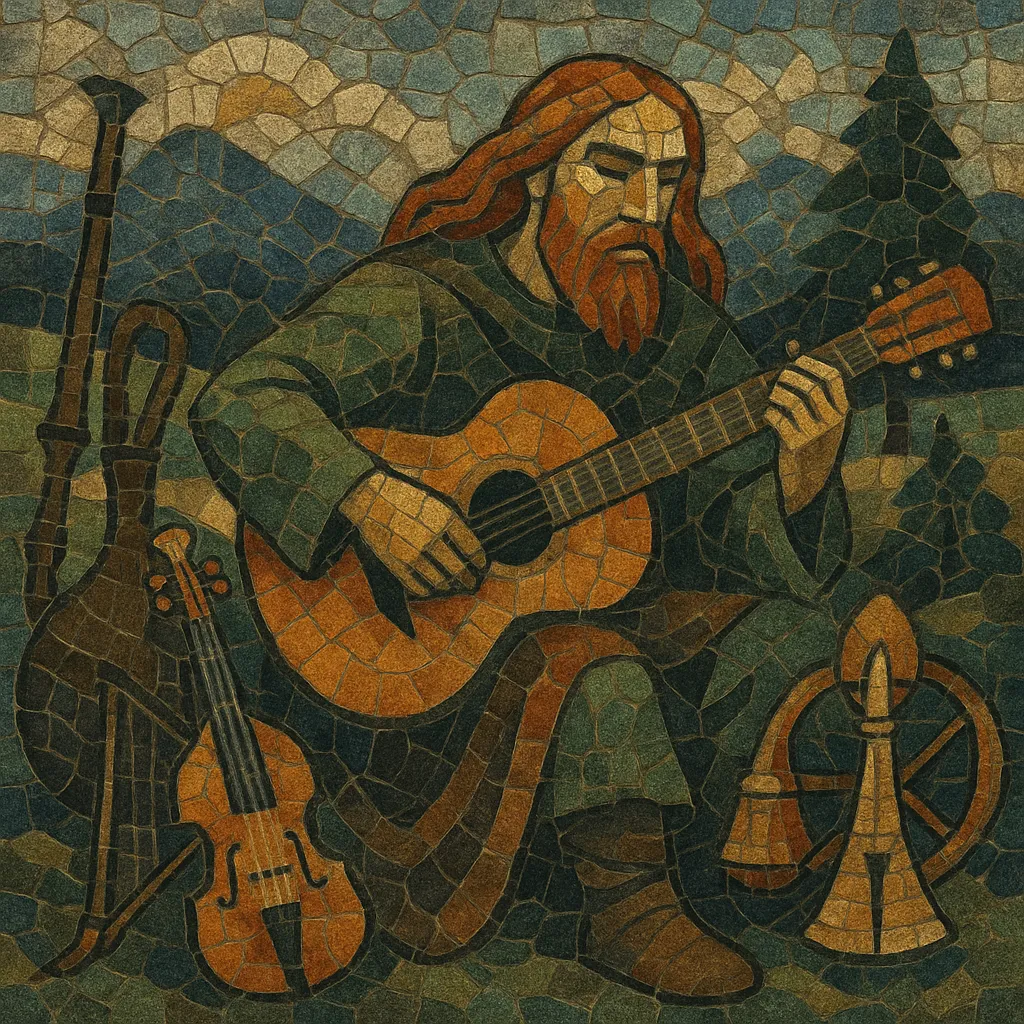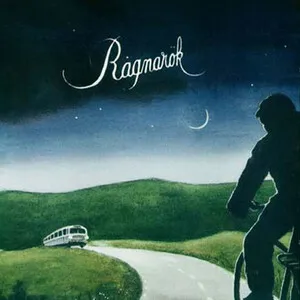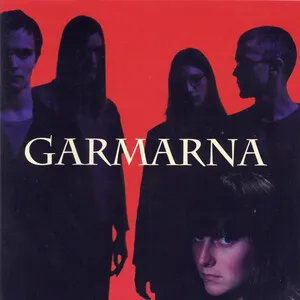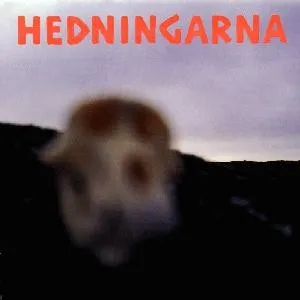Nordic folk rock fuses electric rock instrumentation with the traditional melodies, modes, and dance rhythms of the Nordic countries. Bands blend drum kit, electric bass, and overdriven guitars with fiddles (including the Norwegian Hardanger fiddle), nyckelharpa, kantele, bouzouki/mandola, bagpipes, and hurdy-gurdy.
Its musical language often uses modal scales (Dorian, Aeolian, Mixolydian), sustained drones and pedal tones, and asymmetrical triple-meter grooves from forms like the Swedish polska, alongside duple dance types such as halling, hambo, schottis, and springar. Lyrics and aesthetics frequently draw on ballad traditions, nature imagery, and mythic themes, sung in Swedish, Norwegian, Finnish, Sámi, Danish, and Icelandic. The result ranges from earthy, danceable, and rustic to atmospheric and epic.
Nordic folk rock emerged in the early 1970s when Nordic musicians adopted the electric folk/folk-rock template pioneered in the UK and US and applied it to regional repertoires. In Sweden, Kebnekajse electrified spelmansmusik and polskas; in Norway, Folque married Norwegian ballads and hardingfele tunes to a rock backline; in Finland, Piirpauke blended Finnish, Karelian, and broader folk sources with jazz-rock energy. These bands established the idiom’s hallmarks: modal melodies over drones, dance-tune grooves adapted for drum kit, and a balance of electric drive with acoustic timbres.
The style matured with acts that emphasized both historical song material and modern production. Swedish-Finnish group Hedningarna (formed 1987) pushed a raw, percussive, trance-like approach, while Garmarna (1990) updated medieval ballads with electric guitars and samples. Sweden’s Hoven Droven and Den Fule built powerful, fiddle-forward rock arrangements of tune sets. Across the region, festivals and folk revivals provided stages for amplified folk ensembles, nurturing a vibrant touring circuit.
Norway’s Gåte injected contemporary alt-rock dynamics and electronics into archaic melodies, helping the style reach younger audiences. Parallel scenes interacted with Nordic folk rock—neofolk, folk metal, and folktronica—creating porous boundaries and collaborations. Acts drew from Sámi joik, Icelandic rímur, and regional dance forms, enriching the palette.
Today the genre spans earthy pub-ready ensembles to cinematic, post-rock-inflected projects. Its influence is audible in Nordic folk metal and in electronic/roots hybrids. Yet the core remains: modal melodies from Nordic tradition, dance-rooted grooves, and an electric/acoustic blend that foregrounds local instruments and languages.








